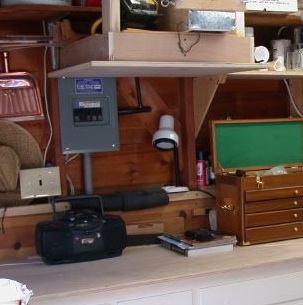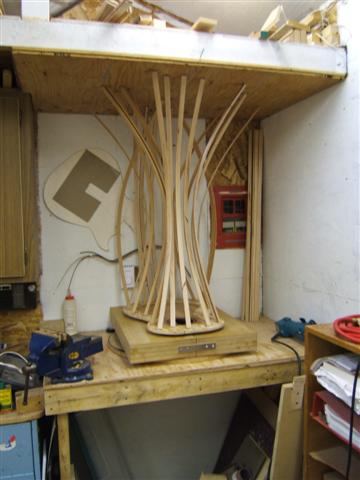What do you consider a "proper" clamping strength for go-bars? Anybody checked with a set of scales. etc? I know many of you use the typical formula of a (24"?) deck with fiberglass rods, how do those test out?
Reason I ask is, I am setting up to brace my first one since moving and setting up shop again. Rather than building the "typical" deck height, I'm looking at bracing off the ceiling, so my go-bars are gonna be pretty long, in the 5' range. I'm ripping them out of some old unindentified hardwood stock and testing by feel, and they seem to be coming out about 1/2" thick. Realizing that clamping strength will be a function of material, length, thickness, etc, I thought a ballpark would help me know if I'm getting close at all.
Ballpark is plenty close. No need to set up a deflection testing rig, vibration analysis or calculating MOE, please!






